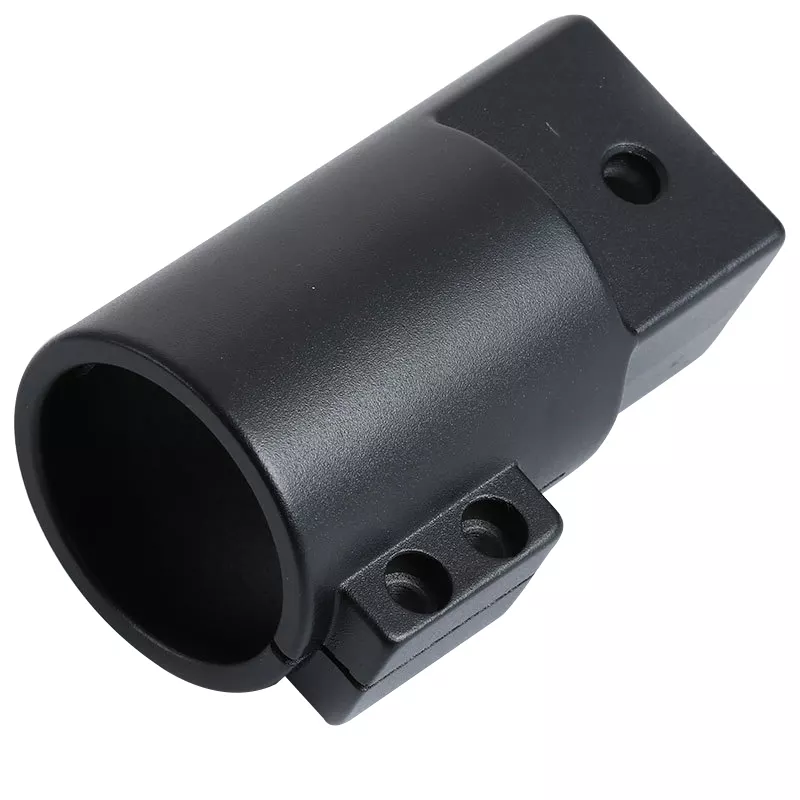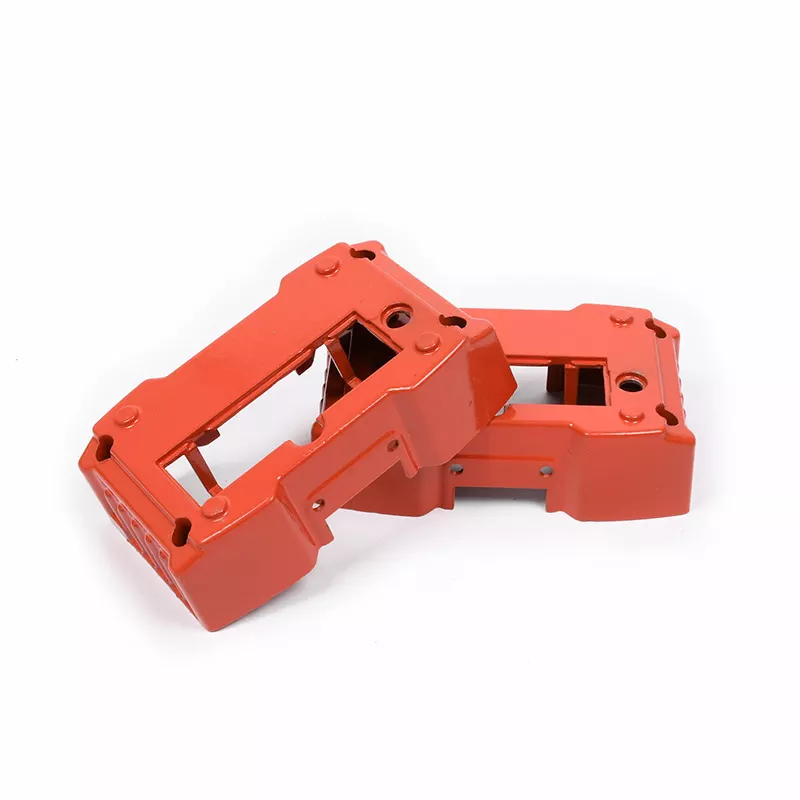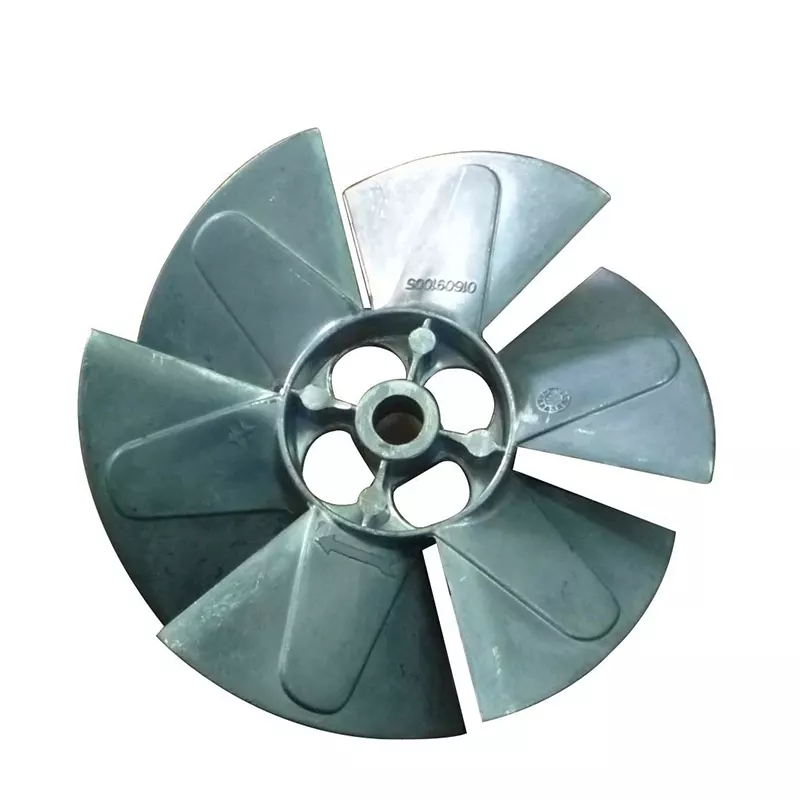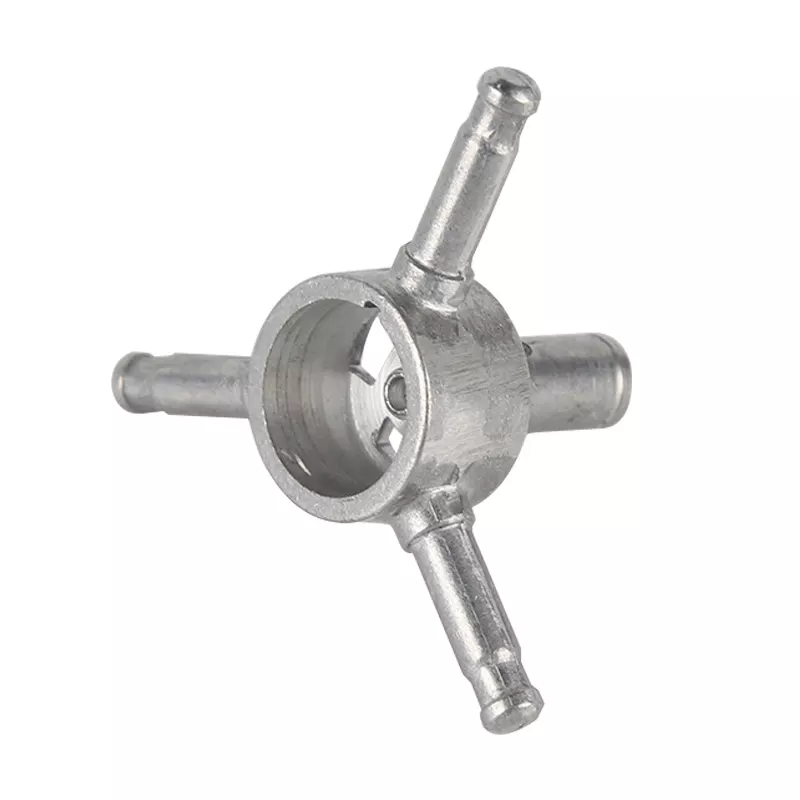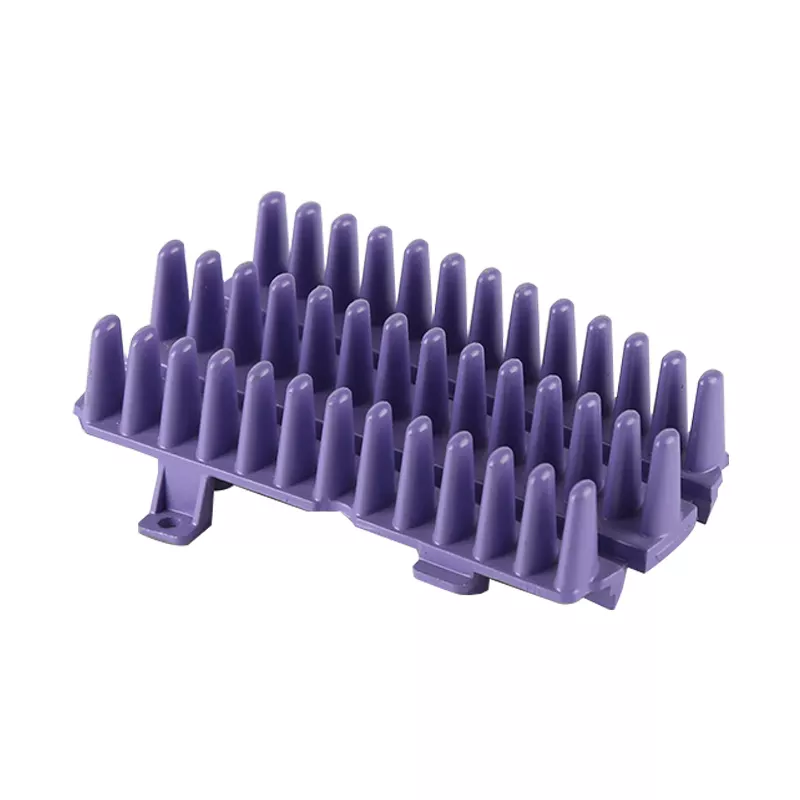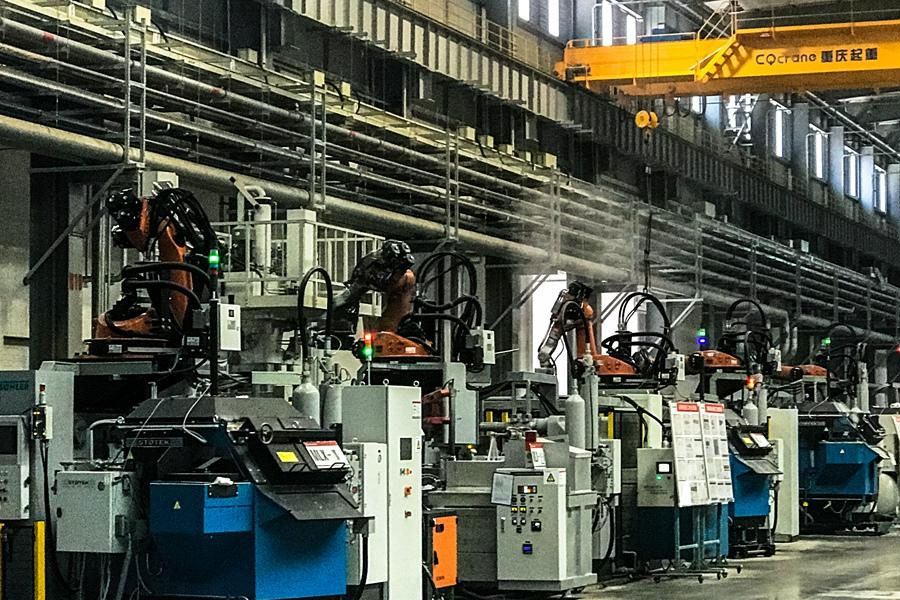
The die casting process is a complex process. The pass rate of die-casting products is generally between 70% and 90%. The factors that affect die-casting products are as follows: the performance of the machine itself; various working parameters of the machine; the structure and performance of the die-casting mold (mold); the quality of the die-casting alloy And the skill of the operator. In order to improve die-casting production efficiency and product qualification rate, operators must have a certain ability to prevent and eliminate product defects.
The Case analysis of defect diagnosis of die-casting products
When castings have defects, the reasons for the defects should be analyzed, and generally considered from the following aspects:
1. Analyze Ideas
2. Take Measures
Case Analysis
1. Preliminary Understanding
2. Analysis Process And Solution
*Conduct chemical analysis of alloy composition, and list the analysis table, see Table 1.
Analysis result: Zn content is 2%, Fe content is about 3%, which greatly exceeds the specified value.
Impurity Zn: High temperature brittleness, so that the casting has a tendency to crack.
Impurity Fe: When Fe content is less than 0.7%, welding with die-casting mold (die) will occur; the content of 0.8-1.0% is better for die-casting, but if the content exceeds 1.3%, metal compounds will be produced and physical properties will be reduced. It is one of the causes of shrinkage cavities and shrinkage cracks.
Solution: Control the impurity content in the alloy raw materials.
*Metallographic Analysis
Analysis result: It is found that the basic structure has coarse crystals, iron-zinc-silicon compounds, pores and shrinkage cavities.
Solution: Control the impurity content in the alloy composition and adjust the die-casting process.
*Take Measures To The Alloy Smelting Process
It is estimated that the gas content in the molten metal is relatively high. In the holding furnace, degassing with argon is used for 15 minutes.
*Re-Analyze The Model (Mold) Tool Plan
*Die casting process parameters
*Effect: The scrap rate after processing is reduced to below 5%.
Die casting product defect types, causes and solutions
1. The causes of flow marks are as follows, which should be corrected in time after the cause is found out.
2. The pattern is caused by too much paint in the cavity or poor paint quality. The solutions and prevention methods are as follows:
Net-like hairy wings (cracked turtle)
Appearance inspection: The surface of the die-casting part has bulging or depressed traces like net-like hair, which will expand and extend as the number of die-casting increases, as shown in Figure 2.
The reasons are as follows:
The solutions and prevention methods are:
Cold Partition
Appearance inspection: The surface of the die casting has obvious, irregular, and sinking linear lines (both penetrating and non-penetrating). The shape is small and long, sometimes the junction edge is smooth, and there is a possibility of disconnection under the action of external force, such as As shown in Figure 3.
The reasons are as follows:
The solutions and prevention methods are:
Shrinkage (Dents)
Visual inspection: There are smooth dents (like discs) on the most thick surface of the die casting.
The reasons are as follows:
1. Caused by contraction
2. The cooling system design is unreasonable;
3. Opening (mold) is too early;
4. The pouring temperature is too high.
The solutions and prevention methods are:




